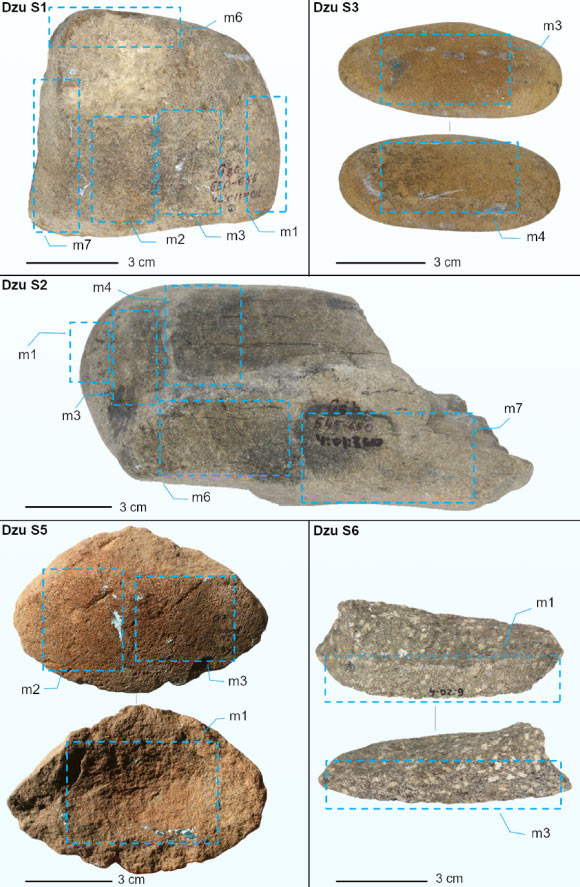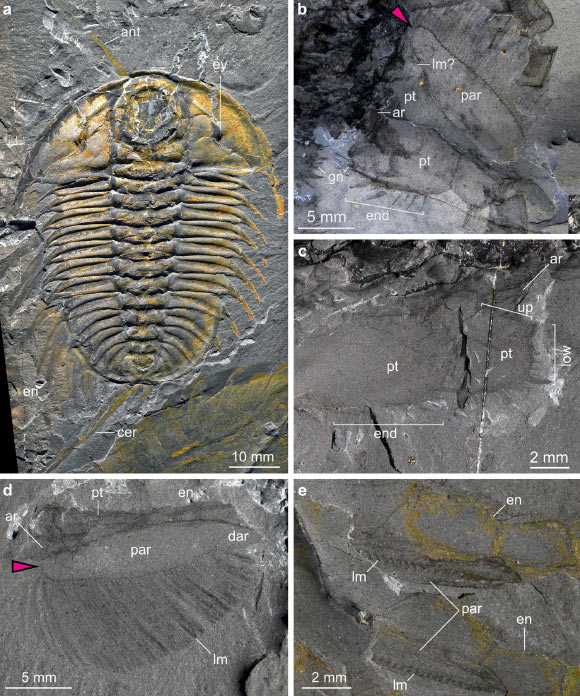Now Reading: 34,000-Year-Old Tools in Georgia Reveal Earliest Use of Indigo Dye
-
01
34,000-Year-Old Tools in Georgia Reveal Earliest Use of Indigo Dye
34,000-Year-Old Tools in Georgia Reveal Earliest Use of Indigo Dye

Quick Summary
- Archaeologists have discovered traces of indigotin, a compound associated with indigo dye, on stone tools from Dzudzuana Cave in Georgia.
- The findings date back 34,000 years and suggest intentional processing of Isatis tinctoria leaves – a non-edible plant known for producing indigotin through exposure to oxygen.
- Tools show evidence of mechanical processing compatible with plant material. Advanced microscopy techniques confirmed the presence of blue residues concentrated in areas with visible wear.
- Raman and FTIR spectroscopy identified indigotin chromophore molecules embedded in the tools’ porous surfaces. Micro-CT tomography verified that pores retained biogenic residues over time.
- Replicative experiments by researchers demonstrated triumphant mechanical processing using similar stone tools and local plants, some capable of generating indigotin.
- While the exact usage – whether as dye or medicine – remains uncertain, this discovery underscores Upper Paleolithic humans’ elegant ecological knowledge and intentional use of plants for non-nutritional purposes.

Indian Opinion Analysis
This discovery challenges longstanding assumptions about early human behavior by emphasizing the purposeful applications of plants beyond food consumption during the Upper Paleolithic period. it highlights our ancestors’ advanced understanding of botany and material science well before agriculture emerged.
the evidence complements studies on cognitive evolution among Homo sapiens by suggesting that complex tasks like extracting pigments require planning and technical skill – indicators of cultural sophistication rarely attributed to this era. For India’s archaeological researchers specializing in prehistoric civilizations such as Harappan culture-where dyes were used-they could find parallels or inspiration to further study ancient uses of perishable materials in human history.
Additionally, it opens broader discussions on recovering residue-based data from porous artifacts across international sites including India’s own historic caves or rock shelters containing ancient evidence yet to be explored fully using such advanced microanalysis techniques.
























